Blind Sailing World Championship coming to Chicago
Published on August 18th, 2015
Chicago, IL (August 18, 2015) – The 2015 IFDS Blind Sailing World Championship is coming to Chicago Yacht Club September 10-13. Fifteen blind and visually impaired teams from around the world will be racing on Sonars and TOM28s. Among the 60 competitors will be 2014 Blind Match Racing World Champion and British Empire Award winner Lucy Hodges (GBR) and 2013 Blind Worlds Champion Sharon Grennan (GBR).
Hodges raced in Sheboygan, WI for the 2014 Blind Match Racing Championship, but has never been to Chicago and is excited to experience what the city is all about. “I love the challenge of new places: learning the environment and weather patterns especially. My first time on Lake Michigan, I could not tell the difference from the sea — it is so big!”
Each team races with four crew members, two of whom are visually impaired. The additional crew members are sighted, but one is limited to trimming the jib and the other can only provide oral instructions.
Joe Messere, a coach for Scott Ford (USA) a blind helmsman in the Warrior Sailing Program for disabled active and veteran soldiers, observed, “Scott is incredible at creating a stream of consciousness. After any adjustments are made, he’s constantly asking for feedback from his teammates.” Vicki Sheen, Chair of the International Federation of Disabled Sailors said, “There is an amazing level of trust between a blind sailor and the sighted tactician. The blind sailors have to trust the information given by the tactician, and the tactician has to have faith that their blind teammates will deliver what is needed.”
The communication continues even after the teams get back onshore. Sheen added, “It is not unusual after a race for my team to debrief in the bar. That’s when the salt and pepper pots become marks and the drink mats become the boats.”
Athletes competing at the event are categorized into three levels of blindness: Blind 1, Blind 2 and Blind 3. The classifications range from total blindness or detection of light (Blind 1) to various degrees of visual impairment (Blind 2 and Blind 3). To determine their classification, competitors go through a testing process that measures their central visual acuity and undergo visual field testing to determine peripheral vision.
The Sonars and TOM28s being used for the event are not modified; however, competitors have their own strategies for being more in tune with their surroundings and boat speed. “We focus on the feel of the wind mainly on our face and neck, detecting the shift of it across the face or back of the neck,” Sheen revealed. “To this end, we remove our hoods and push down the collars of jackets. The helms and main trimmers are visually impaired, so we use our other senses to feel the wind and feel the movement of the boat. Sailing provides a lot of freedom.”
Additional details: www.chicagoyachtclub.org/blindworlds2015
Report by Morgan Kinney, Communications Director, Chicago Yacht Club.


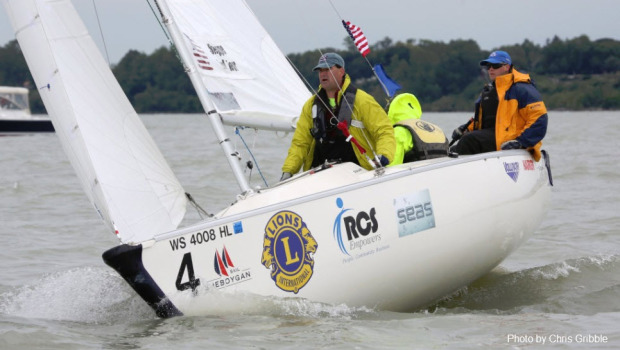


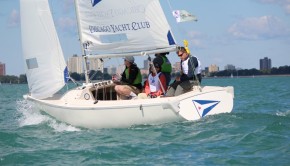
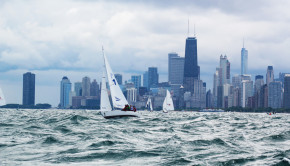
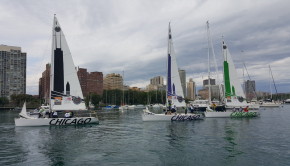
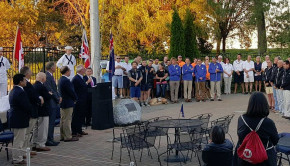
 We’ll keep your information safe.
We’ll keep your information safe.